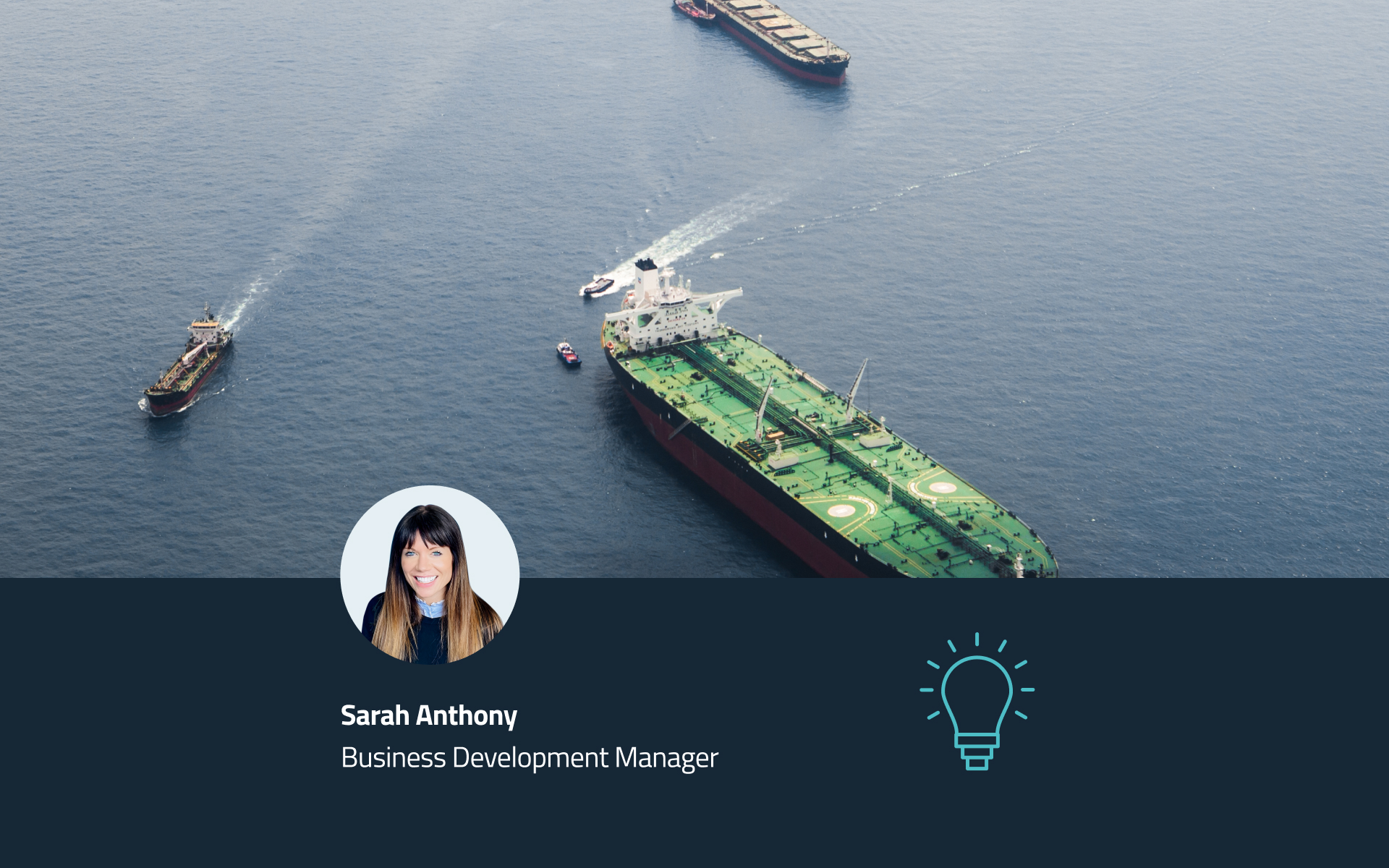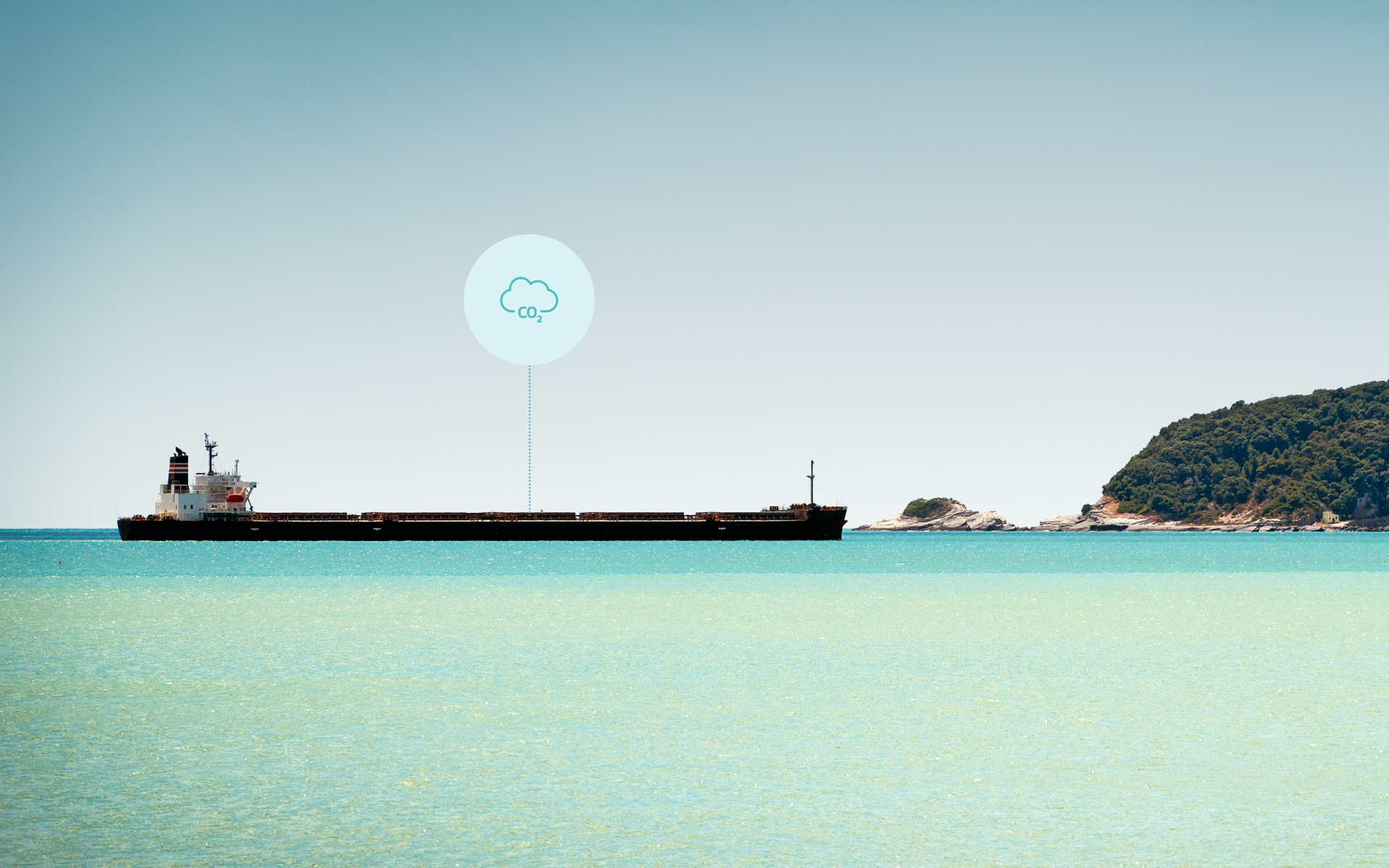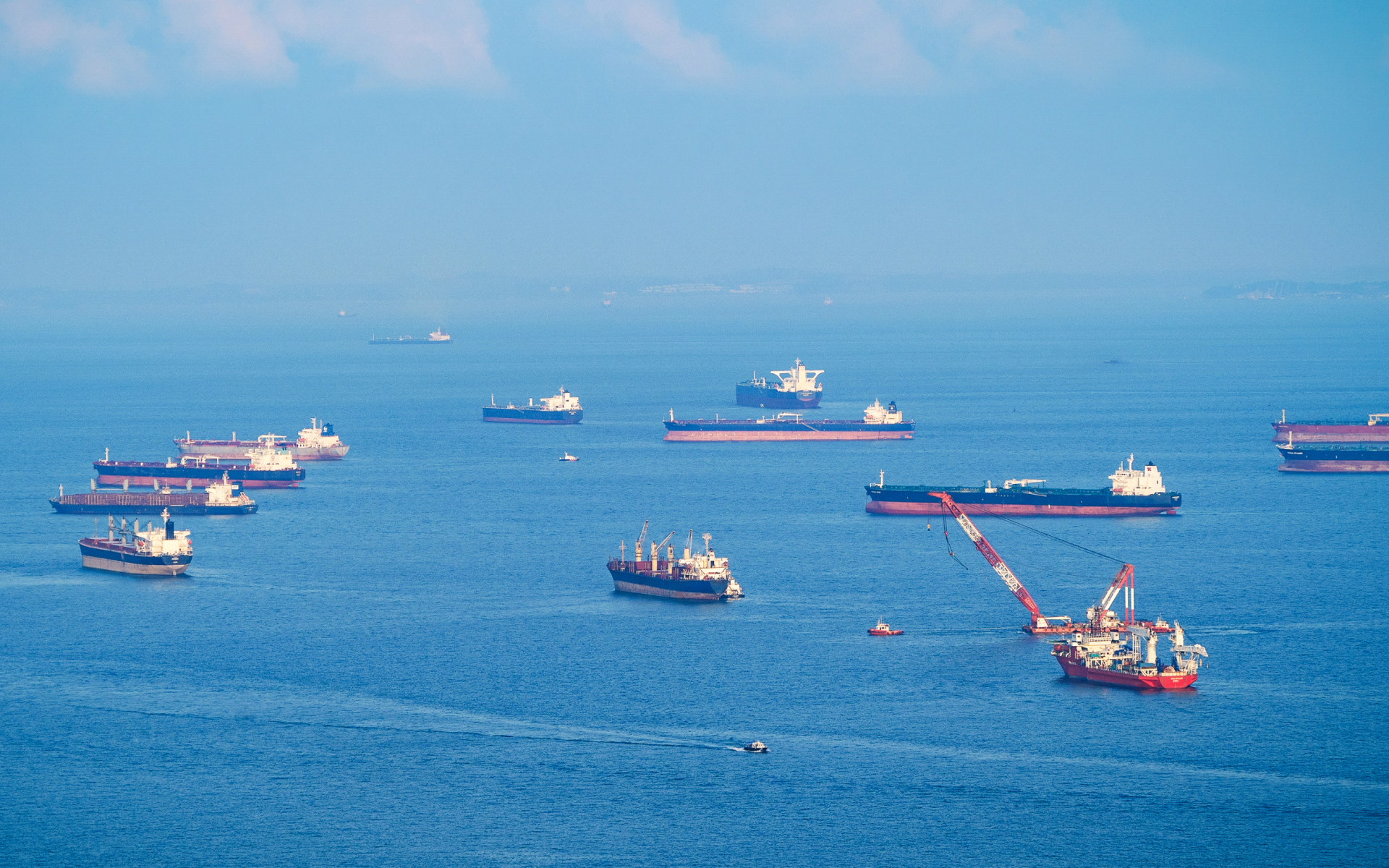The European shipping market, with its interconnected yet diverse landscape, presents a range of challenges and opportunities that businesses must navigate for successful and sustainable expansion. Key factors shaping the shipping industry include fragmented information systems, varying levels of technological advancement, and an increasing emphasis on sustainability. By exploring these elements, we can uncover how digitalisation and technology can effectively address current challenges for a more effective, efficient market within the region.
Overcoming fragmentation with digital integration
A common frustration across many European shipping hubs is the disconnected nature of the data. Fragmentation across so many separate, incommunicable systems within the European market is a significant challenge at the moment, often leading to inefficiencies and inconsistencies in the fixture management process.
The variation in digital adoption across the region underscores the need for unified platforms to streamline operations and integrate workflows. Such platforms would enhance connectivity among organisations with different digital capabilities, allowing those with less developed setups to collaborate effectively with more advanced technologies, fostering a more balanced and optimised shipping ecosystem.
An integrated approach strengthens overall corporate performance by enabling richer, data-backed decisions earlier in the pre-fixture stage of chartering workflow. These decisions can then align with changing regulations, ensuring greater compliance and improved strategy development.
This heightened transparency ensures decisions can be made based on more accurate, actionable data that gives shipping professionals the power to make more confident choices, boosting their efficiency within the market.
Harnessing consolidation
Europe is trending towards much-needed consolidation with digital platforms designed to address key issues like data security, interoperability and data ambiguity crucial for this transition. Digital transformation facilitates much simpler coordination across departments and regions, providing teams with a reliable operation model capable of responding to rapid market updates and shifts in the sector. Centralised data on one unified platform can offer real-time visibility and easy access, eliminating the need to toggle between multiple systems. This cuts down on compliance management’s complexity and opacity to minimise errors, speeding up the process.
Companies investing in digital solutions reflect a broader industry need for digital adoption within shipping. A move towards these solutions allows organisations to maintain that competitive edge and capitalise on the opportunities gained through a smoother process.
Championing sustainability
Sustainability is a key focus in Europe’s shipping industry, with new carbon regulations making emissions management critical for vessel selection and route planning. Starting January 2024, the EU Emissions Trading System (EU ETS) has extended to shipping, requiring companies to keep to emissions allowances. This will phase in over three years, covering 40% of emissions in 2024 and reaching 100% by 2026, necessitating annual emissions monitoring and reporting for increased transparency.
Digital platforms are vital for meeting these sustainability requirements with precision. Integrated systems that combine emissions tracking with fixture management allow you to access reliable emissions data and real-time metrics in one platform. This unified approach helps stakeholders—charterers, brokers, and owners—navigate further compliance regulations like the 2024 Sea Cargo Charter and IMO targets while reducing administrative tasks, protecting reputational credibility, and providing usable insights for confident decision-making.
Digitalisation is not only for the big players
The push for digital adoption is transforming shipping across Europe, creating new advantages for organisations within the region. However, there is often a perception that these benefits are primarily enjoyed by larger, well-resourced companies. The European shipping market has long been shaped by close cooperation between established players. This network fosters valuable collaboration and high-level industry benefits and is historically often more accessible to larger, well-resourced companies.
Now, however, digitalisation presents the ability to bridge these gaps, offering more of a level playing field. Affordable access to advanced tools in cloud computing, data analytics, and market intelligence enables smaller enterprises to leverage real-time data analysis without the need for heavy infrastructure investments, empowering them to make informed decisions, anticipate fluctuations, and stay competitive.
Market intelligence and fixture management tools can open doors to new opportunities, giving smaller companies access to global markets that may have previously been exclusive to larger players. By embracing these digital solutions, businesses of all sizes can drive growth, raise their position in the market, and contribute to an innovative, interconnected European shipping sector.
To find out more about how Sea can address these challenges with unified workflows, real-time data, and advanced tools to support sustainability and compliance in European shipping, click here to learn more.
Share this article
Don’t miss the latest news and insights - subscribe to our newsletter
For press enquiries, please email news@sea.live





